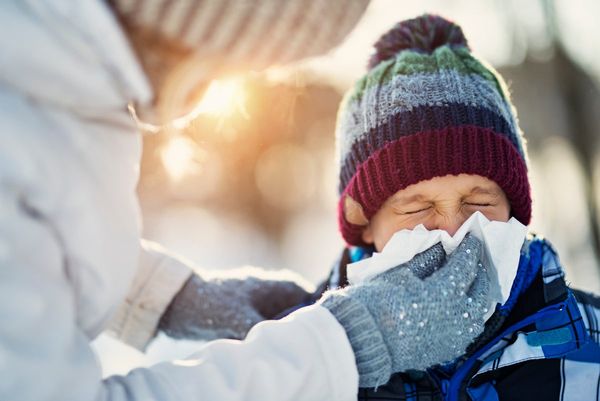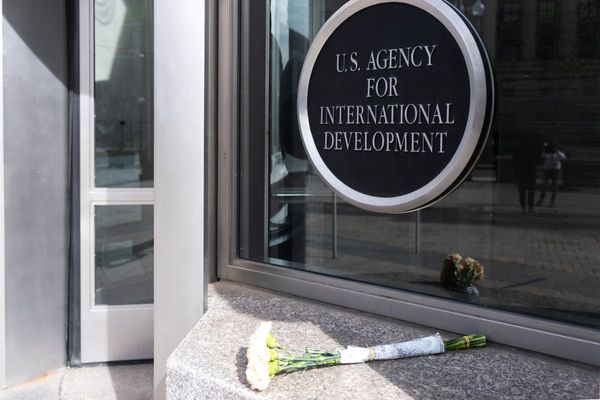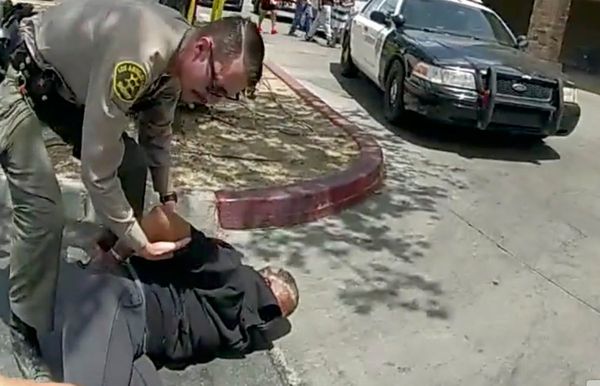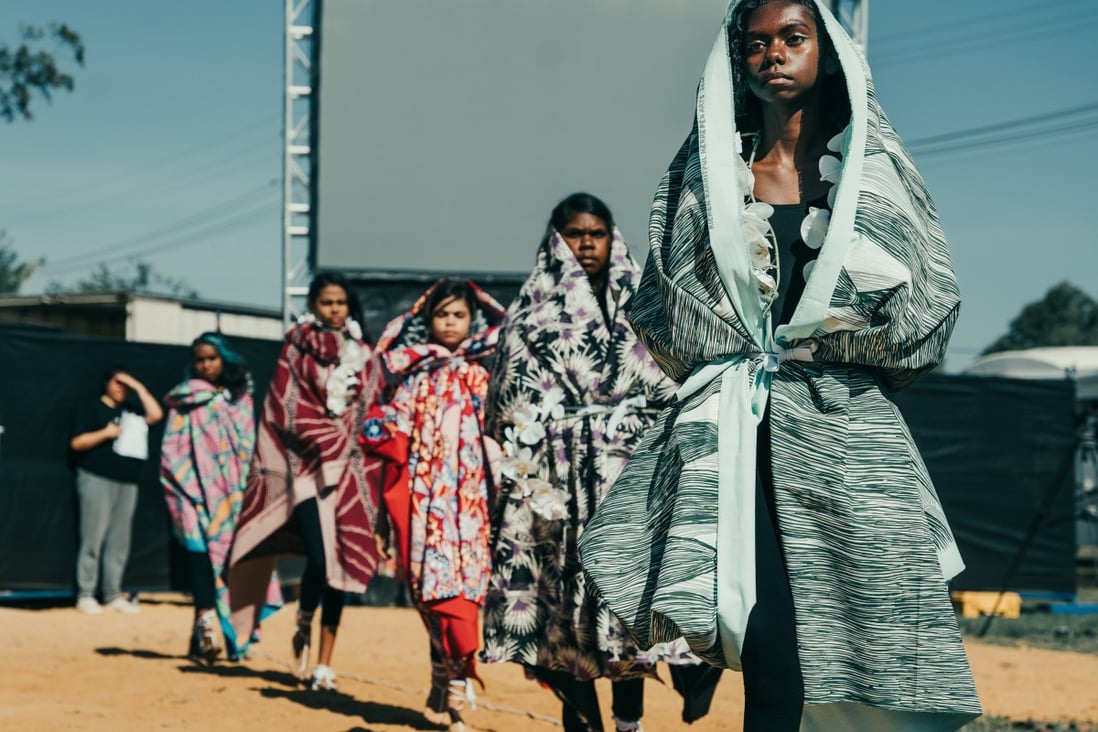
Tears, joy and a standing ovation rounded off this year’s First Nations Fashion and Design (FNFD) show, a celebration of 10 indigenous fashion brands, at June’s Afterpay Australian Fashion Week (AAFW).
Leading on from the event, David Jones, an Australian department store, announced plans earlier in October to start selling a capsule collection made up of looks from five of the six indigenous designers who featured in a second showcase at AAFW, produced by an organisation called Indigenous Fashion Projects, held the day after the FNFD show.
It is the first indigenous-focused retail project to flow on from this year’s AAFW, while a number of other projects are said to be in the pipeline.
“Every time I watch the show it just brings back so many emotions,” says Grace Lillian Lee, the founder and creative director of FNFD. “I think it was such a powerful and impactful moment for us as an independent organisation – I felt that we were finally, really being seen by the industry.”
This recognition marks a giant stride for indigenous Australians, who numbered almost 800,000 in the 2016 census (3.3 per cent of the Australian population), and are 12-and-a-half times more likely to be jailed than non-indigenous people.
They also have a shorter life expectancy, higher rates of infant mortality, poorer health, and lower levels of education, employment and income.

Produced by an all-indigenous crew, the June fashion show was a powerful expression of self-determination. It also featured an indigenous cast and musicians, including rapper Neil Morris and electronic duo Electric Fields, whose politically charged performances were laden with references to Australia’s indigenous land rights movement.
The runway featured looks from brands including Lee’s eponymous label, Aarli, Amber Days, Sown in Time, Nungala Creative, Clair Helen and Ngarru Miimi.
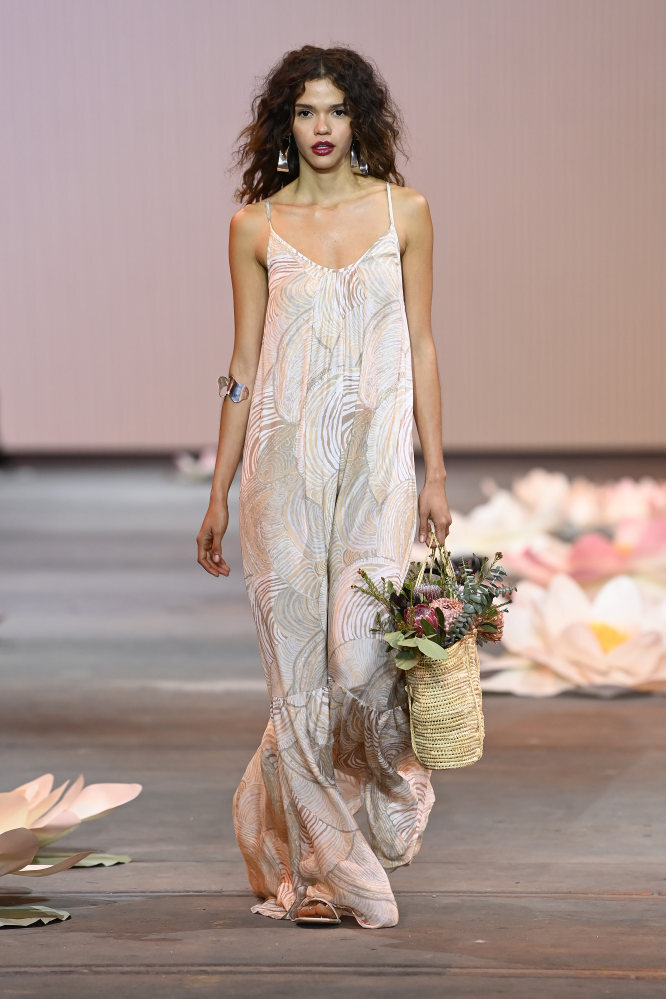
At the end, the audience – including Natalie Xenita, the vice-president and managing director of event organiser IMG’s Fashion Events and Properties Asia Pacific, and her marketing manager – gave a standing ovation.
“We were both in tears and we were sitting with some clients from TikTok and they were in tears too,” says Xenita, who has pledged to expand the event’s indigenous programme. “It was just such a spectacle, I’ve never seen anything like it.”
In its 25-year history, AAFW has only ever featured one indigenous-owned fashion brand – Kooey Swimwear – but the prints of indigenous artists have increasingly been seen in the collections of non-indigenous brands, such as Roopa Pemmaraju, Aje and Desert Designs.
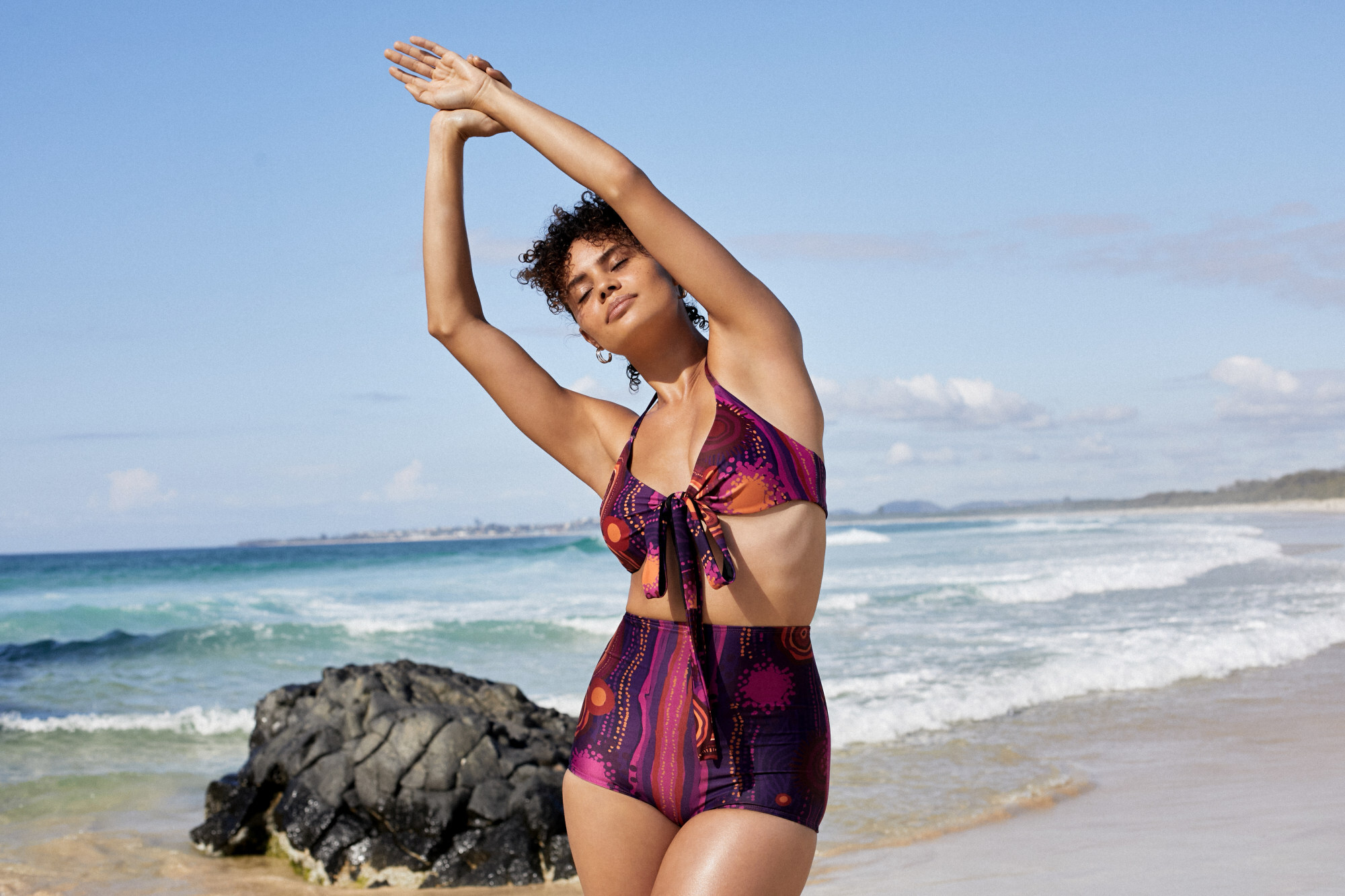
The AAFW event was seven years in the making for Lee and Teagan Cowlishaw, Aarli founder and CEO of FNFD. Both designers are also alumni of the short-lived Australian Indigenous Fashion Week (AIFW), which was held in 2014.
AIFW, produced and organised by marketing agency All The Perks, aimed to be the first national showcase of First Nations fashion, accessories, jewellery, textiles and furniture, with a focus on the country’s network of over 100 remote arts centres.
Sixty-five per cent of indigenous Australians live in rural or remote areas. For the estimated 5,000 artists in these remote communities, art sales are often their only source of non-government income. The arts centres are a legacy of the Modern Desert Aboriginal Art Movement, which began in the 1970s.
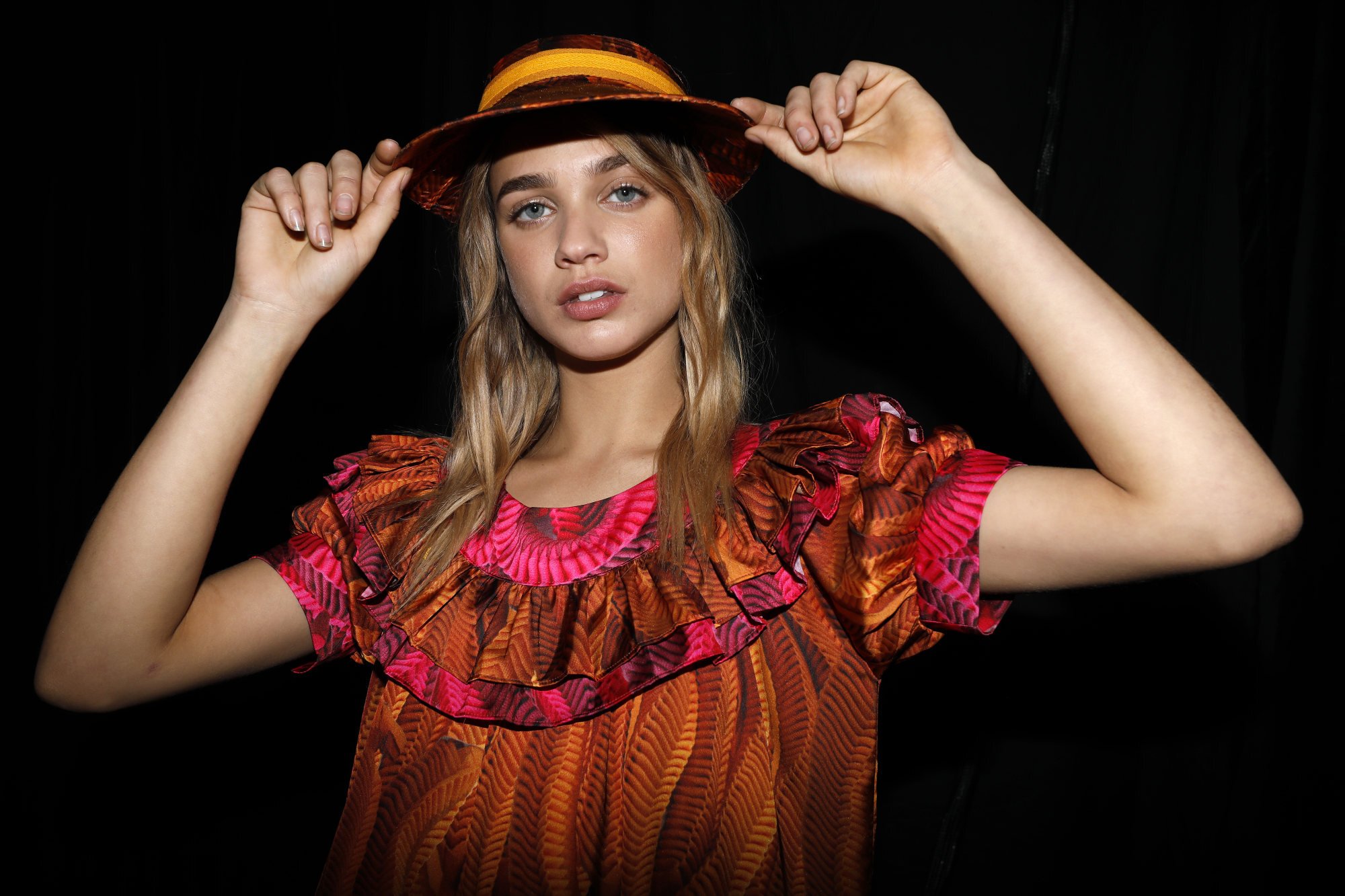
As part of an AIFW programme called the Australian Indigenous Design Initiative, 15 designers were picked and flown to Sydney once a month for a 10-month training programme.
The event, however, was not repeated – the debt-ridden All The Perks agency collapsed within months of holding the event in 2014 – but it did change the conversation about indigenous fashion in Australia.
About a dozen Australian fashion industry mentors joined the programme, which cemented a number of long-term relationships. The mentors included former US Harper’s Bazaar editor-at-large Brana Wolf, top international casting director Kannon Rajah and fashion consultant Sophie Nixon, at the time a designer at Australian brand Sass & Bide.

“I look back on it with huge fondness, but I realise in many ways that it was experimental, an enormous undertaking,” says Nixon. “It got very difficult at points and I became completely focused on those kids, in the sense that I was going to get them on the runway by hook or by crook. It opened doors for all of them.”
Lee is a descendant of the Miriam Mer people of the Eastern Islands of the Torres Straits and a graduate of the Royal Melbourne Institute of Technology. She sold her first range of woven neckpieces made with traditional Torres Strait “grasshopper” weaving techniques to luxury boutique Parlour X straight off the AIFW runway.
Lee herself became a mentor after her AIFW experience, commencing an outreach programme with remote indigenous communities in the Northern Territory, Torres Strait Islands, Gulf of Carpentaria and Papua New Guinea.
She produced her own fashion shows at events including the Cairns Indigenous Art Fair, the Melbourne Fashion Festival, the Gold Coast 2018 Commonwealth Games and Darwin Aboriginal Art Fair – whose fashion showcase she produced from 2017 to 2019.
The hi-tech solutions from Hong Kong making fashion more sustainable
“It’s full circle,” said Cowlishaw, a Nyikina woman with connections to Bardi and Nyul Nyul people, on the eve of AAFW. “[AIFW] launched my whole career. Without that moment, we would not be here. Every month, travelling to Sydney, being mentored by these industry professionals. Understanding supply chains, what buyers want. We were chucked into the deep end.”
Most of the indigenous brands that debuted at AAFW in June were established in the past six years, in a reflection of the growth the indigenous business sector has seen. The sector grew by 74 per cent and saw its gross income more than double from 2006 to 2018, according to a study released by the University of Melbourne Indigenous Business Research Group in April.
Among them is the social enterprise clothing label Ngali, founded in 2018 by Wiradjuri woman Denni Francisco. The label won the Fashion Design category at the 2021 National Indigenous Fashion Awards.
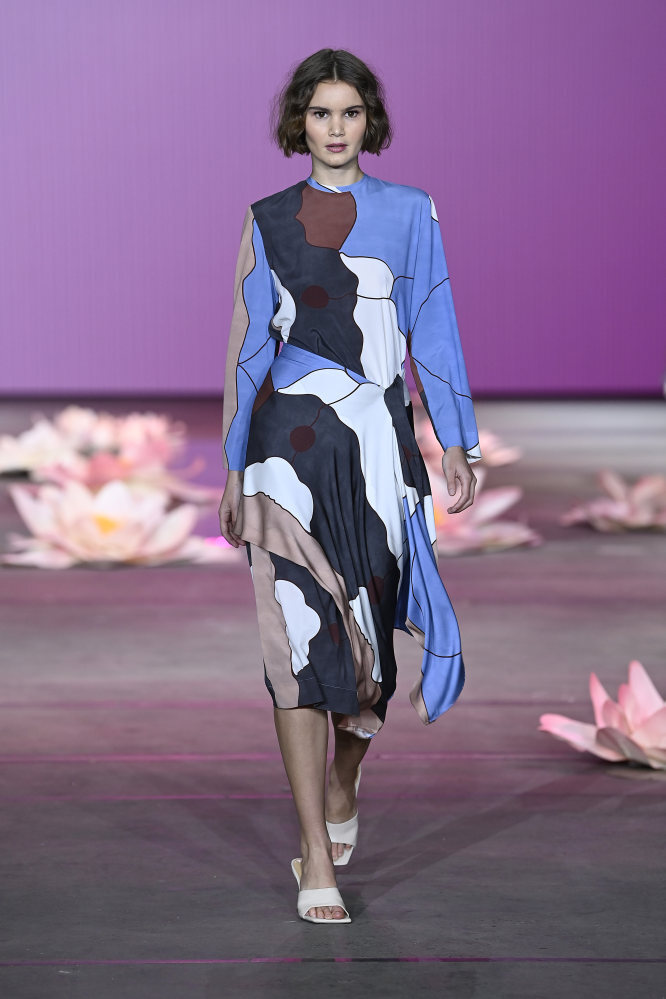
In her collections, Francisco uses prints from artist Lindsay Malay, a Gija man from the remote Kimberley region in Western Australia. Francisco signs off on the collections’ development process to ensure that the designs are produced in a culturally appropriate manner which respects the stories and spiritual connection to the country that First Nations people depict on canvas and textiles.
“What I love about what Ngali does is it’s two indigenous businesses working together,” says Francisco. “But it’s not just about going out and finding artists and going ‘let’s do that’ and not be connected to what that means. His story that sits behind his artwork is his story, and it’s not our story to tell.”
In August, Francisco – a board member of Kinaway, the Aboriginal Chamber of Commerce in Victoria state – helped launch an indigenous accelerator called the First Peoples Fashion and Textile Development Programme.
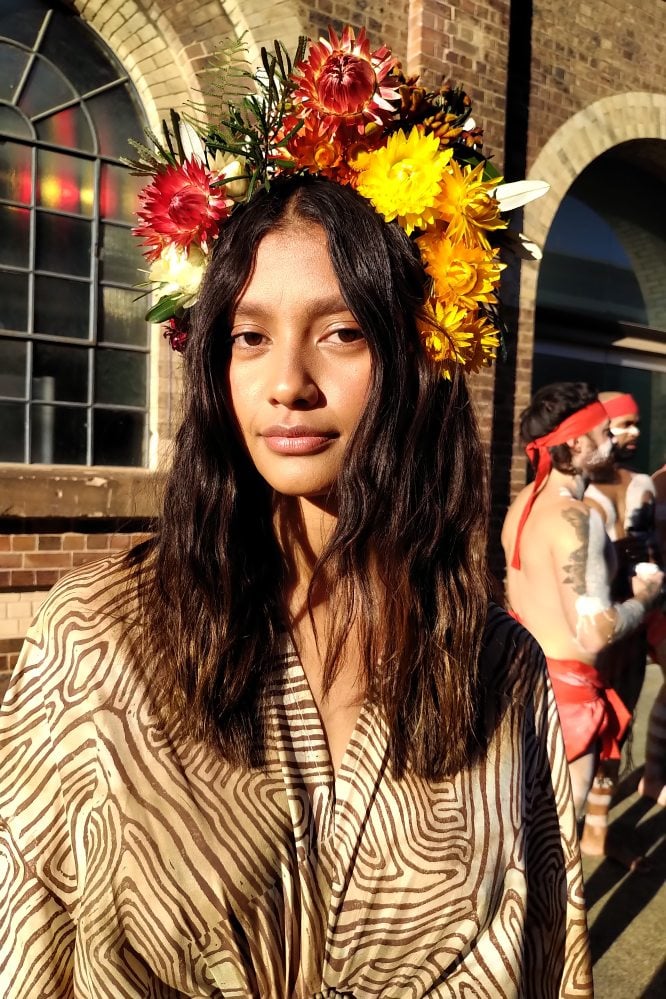
Meanwhile, Indigenous Fashion Projects (IFP) is working with the Arts Law Centre of Australia to provide intellectual property expertise and resources to artists, art centres and businesses branching out into fashion and textiles.
“We’re on a wave of the extension of that whole [indigenous] art movement with fashion,” says IFP director David Giles-Kaye. “There’s just a lot of momentum now. So you’ve got the designers and the consumers now thinking, ‘We really, really want to connect and understand indigenous Australia’ and fashion is a great way of doing that.
“And then you’ve got this infrastructure starting to build over the past five to 10 years, that’s just starting to come to fruition.”

Also on hand is a plethora of other First Nations-focused accelerators such as IndigiSpace, The Cultural Intelligence Project, Accelerate with Indigenous Business Australia and Barayamal.
“When you talk about entrepreneurs’ resilience, innovation, sustainability, looking after successful businesses … these are the underlying values of indigenous people,” says Dean Foley, a Kamilaroi man who founded Barayamal in 2017.
“You don’t survive tens of thousands of years by not being innovative.”
